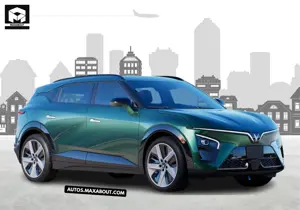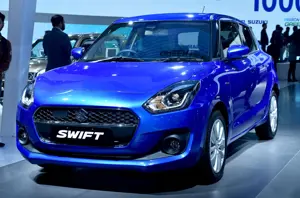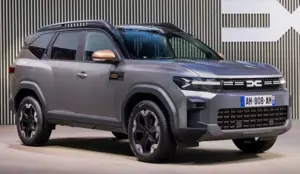Maruti Ertiga LXi CNG (Old Model) Updates
Latest Updates
Saturday, 16 April 2022 12:39 AM
In April 2022, the Maruti Ertiga, including the LXi CNG variant, received a minor facelift in the Indian market. This update introduced the new K15C Dualjet 1.5-litre MHEV petrol engine and a new compressed natural gas (CNG) engine, enhancing the vehicles performance and fuel efficiency. The facelift also brought some cosmetic changes and additional features. I believe this update was a significant step in keeping the Ertiga competitive in the market.
Sunday, 15 March 2020 08:46 PM
The Maruti Ertiga LXi CNG has been popular for its fuel efficiency, with a certified mileage of 26.11 km/kg. This has made it a favorite among those looking to reduce their fuel expenses. The vehicle also comes with a 60-litre CNG tank, ensuring longer trips without frequent refueling. I believe the Ertigas CNG variant is an excellent choice for those prioritizing cost-effectiveness.
Wednesday, 23 January 2019 10:54 AM
Maruti Suzuki has continued to expand the Ertigas trim levels, including the LXi CNG, to cater to a wide range of consumers. The LXi CNG variant is priced competitively at around Rs. 10.78 lakh, making it an attractive option in the MPV segment. I think the pricing strategy has helped Maruti maintain a strong market presence.
Wednesday, 21 November 2018 05:54 AM
The Ertiga LXi CNG, like other Ertiga models, is equipped with Suzukis Smart Hybrid Vehicle by Suzuki technology, which enhances fuel efficiency and reduces emissions. This technology has been well-received in the Indian market, where fuel efficiency and environmental concerns are increasingly important. I believe this technology has been a key factor in the Ertigas success.
Saturday, 01 June 2013 07:40 PM
In June 2013, Maruti Suzuki introduced the Ertiga LXi and VXi models with compressed natural gas (CNG) options. These models came with an original factory converter kit and Suzukis intelligent Gas Port Injection (i-GPI) technology, which claimed to achieve a mileage of 22.8 km/L. This move was aimed at reducing running costs for consumers. I think this was a smart move by Maruti to cater to the growing demand for fuel-efficient vehicles.
Most Popular Cars
Based on Cars Popular on Maxabout
Mahindra XUV300 W4 TurboSport
₹ 9,30,500
1090 Views
Hyundai i20 N Line N6 DCT Dual Tone
₹ 11,33,800
781 Views
Hyundai Venue N Line N8 DCT
₹ 13,81,800
839 Views Recently Added Cars
New Cars Added On Maxabout
VinFast VF7 Sky Infinity
₹ 25,49,000
452 Views
VinFast VF7 Sky
₹ 24,99,000
432 Views
VinFast VF7 Wind Infinity
₹ 23,99,000
455 Views Upcoming Cars
Exciting Upcoming Cars
Maruti Swift Hybrid
₹ 10,00,000
1580 Views
Renault Boreal Bigster SUV
₹ 13,00,000
1650 Views
Leapmotor T03
₹ 8,00,000
1167 Views 





